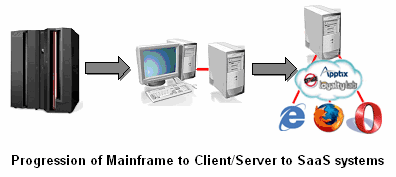Have you ever wondered why some IT projects turn out successful and others with less than desirable results? I have participated in countless RFIs, RFPs, presentations, demonstrations, proof-of-concepts, “bake-offs,” and negotiations. I have been involved in year-long investigations and sales-cycles. And through all of this due diligence, I have seen these same implementations fail to meet expectations. For those that believe they already know what is required to make a project a success, consider this a refresher. For those who haven’t given it much thought, I hope you find this helpful.
For a detailed review about project success, consider this detailed analysis from the University of Missouri – St. Louis. Here are a couple of interesting statistics from the study:
- On average, about 70% of all IT-related projects fail to meet their objectives
- Only 16% of IT Projects are Successful (on budget, on time, met requirements), 53% are Challenged (over cost, over time, or lacking intended features), while 31% are Impaired/Failed (abandoned or cancelled at some point)
Here is a list of the
top 10 attributes for a successful project outcome (Jiang, Klein, and Balloun, “Ranking of System Implementation Success Factors”, Project Management Journal, December 1996):
1.
Clearly defined goals. (including the general project philosophy or general mission of the project, as well as commitment to those goals on the part of the team members).
2.
Competent project manager. The importance of initial selection of skilled (interpersonally, technically, and administratively) project leader.
3.
Top Management Support. Top or divisional management support for the project that has been conveyed to all concerned parties.
4.
Competent project team members. The importance of selecting and, if necessary, triaging project team members.
5.
Sufficient resource allocation. These are Resources in the form of money, personnel, logistics, etc.
6.
Adequate communication channels. Sufficient information is available on the project objectives, status, changes, organizational coordination, clients’ needs, etc.
7.
Control Mechanisms. (Including planning, schedules, etc.). Programs are in place to deal with initial plans and schedules.
8.
Feedback capabilities. All parties concerned with the project area able to review project status, make suggestions, and corrections through formal feedback channels or review meetings.
9.
Responsiveness to client. All potential users of the project are consulted with and kept up to date on project status. Further, clients receive assistance after the project has been successfully implemented.
10.
Client consultation. The project team members share solicited input from all potential clients of the project. The project team members understand the needs of those who will use the systems.
For additional factors, read through the report.





